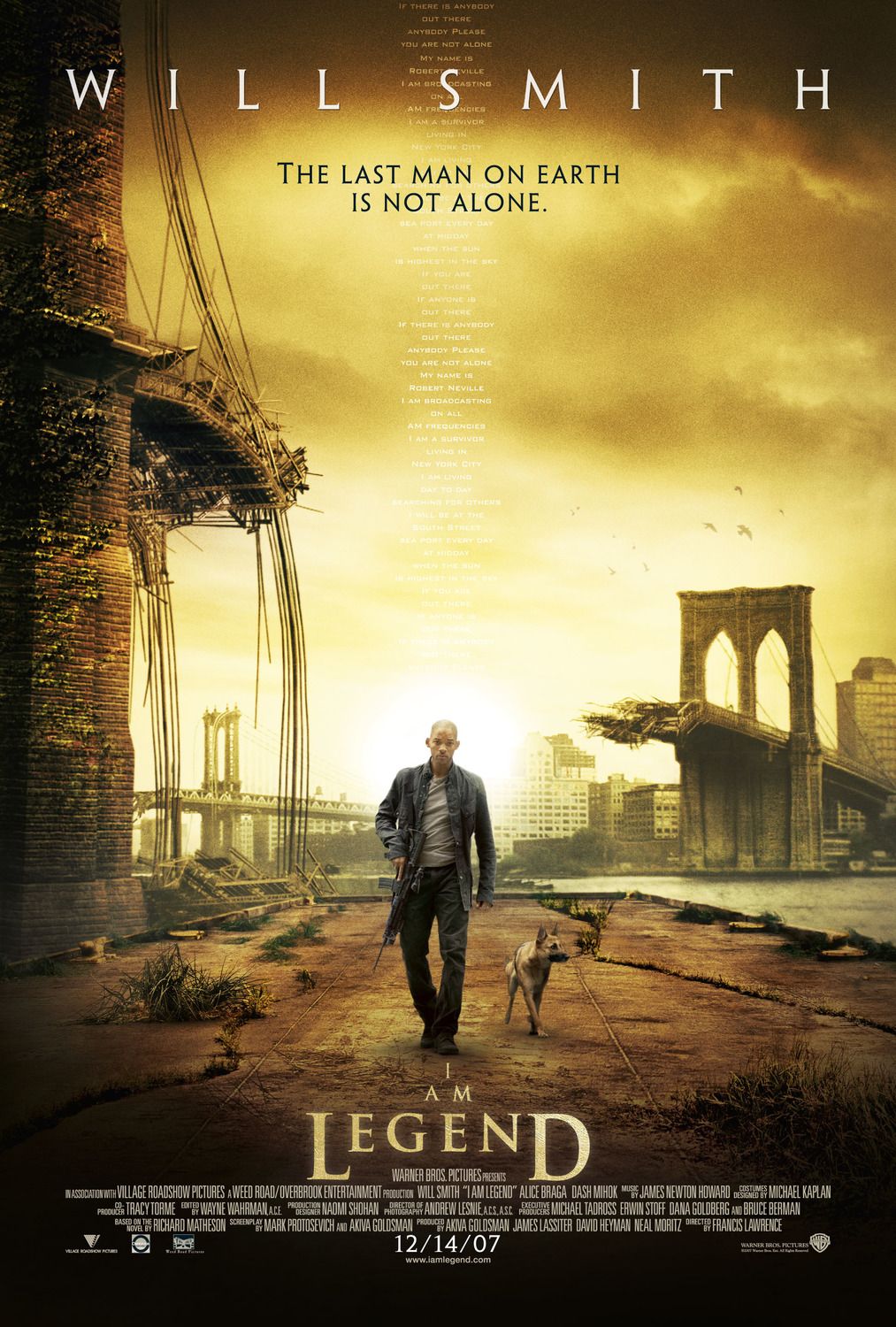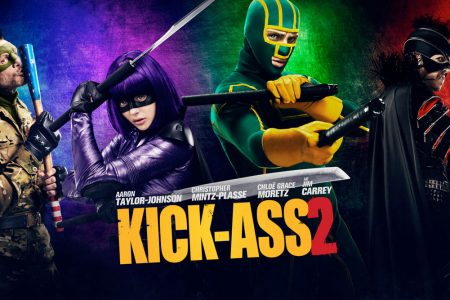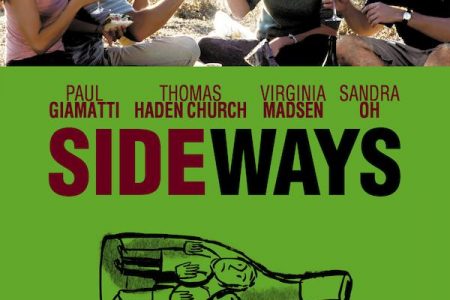I Am Legend starts with banal television presenter banter about baseball predictions over the studio/production company credits (to contrast the silence and lack of background music that accompanies the film) before opening on a news anchor talking to an uncredited Emma Thompson as Doctor Krippin (now there’s some sledgehammer subtlety and foreshadowing in a name) about her genetically re-engineered measles virus that has cured cancer in all the patients in her clinical trials. ‘So, have you cured cancer?’ asks the news anchor. ‘Yes’ replies Thompson. Now, this isn’t a big news show or the main item; it seems to be just a bit of filler on local news. Is that how the cure for cancer will be announced? Is that how the scientist responsible for a world-changing event will represent themselves? I think not, but it does let you know that this is a Hollywood film, notorious for their treatment of scientists.
It is the montage of shots that follow this that I Am Legend grabs your attention – a Manhattan devoid of people, cars and noise, overgrown weeds coming up from the pavement, shoulder-high grass in Central Park, deers running through the streets. It is a powerful visual, well worth the decision to change location from the book’s original Southern California – the contrast is stunning. Of course, it was pretty damn stunning (and more haunting) when 28 Days Later did it first with London, but the affect is still compelling – the best bit of Vanilla Sky was Tom Cruise running through an empty Times Square.
Into this wasteland comes Dr Robert Neville (Will Smith), the last surviving human in New York, and his dog Sam, maintaining their existence in a fortified house on Washington Square while he looks for a cure for the Krippin Virus (he is a virologist as well as a soldier), which mutated and killed 90% of the world’s population, leaving 1% immune and the remaining 9% changed into albino, ultraviolet-sensitive, flesh-eating ‘Dark Seekers’ (note the deliberate avoidance of the word ‘vampire’) who fed on the majority of survivors. By day, he exercises, he scavenges for food, gets gasoline for the generators that provide electricity for his house, hunts deer, waits at midday for any survivors who hear his constantly transmitted message, goes through the local DVD rental place alphabetically and tries to maintain his spirits and sanity when he has no human contact for the last three years.
It is in this section of the film that has real power – Smith (and the dog – great performance from an animal) gives a great performance of a driven man fraying at the edges, and the sequences where the scares are being suggested by the presence of the Dark Seekers are nerve-jangling. The impact of the scenario – what would it be like if you were the last man on Earth – actually comes through, not something a blockbuster would usually dwell on. The combination of an apocalyptic Manhattan and Smith’s reactions drive the isolation and surrealism of the experience. This is particularly impressive when you consider it is just Smith and a dog onscreen for the majority of the first half.
When the Dark Seekers enter the film, their power dissipates; Francis Lawrence should have been aware of Spielberg’s discovery on Jaws, that the absence of the monster is more powerful. It’s not the CGI that does this – visually, they are more arresting as CGI than human actors in make-up – rather they can’t live up to the idea they represented when you can see them in the light. They just become generic bad guys in an action flick – compare this with 28 Days Later (which was obviously inspired by the original novel), where the low budget and the immediacy of the Rage virus have more of an impact when the infected are onscreen. The final third of the film doesn’t seem to connect to the rest of the movie, and it ends rather abruptly and not completely satisfyingly, leaving you longing for the earlier section of the movie.
There are some points that highlight the uneven quality of the film. A cute touch is the Batman/Superman logo hybrid poster for a film in Times Square. But do people stick up front pages of newspapers on their fridges which fortunately explain backplot as much as occurs in this film? Neville seems rational and lucid, even though he borders on mentally unstable, but then acts completely irrationally at the very end of the film, seemingly based on the butterfly shape that appears on a screen and a tattoo (but seemingly in tone with the end of the novel). Definitely not a legendary film, but a lot to enjoy in places.
Rating: VID




